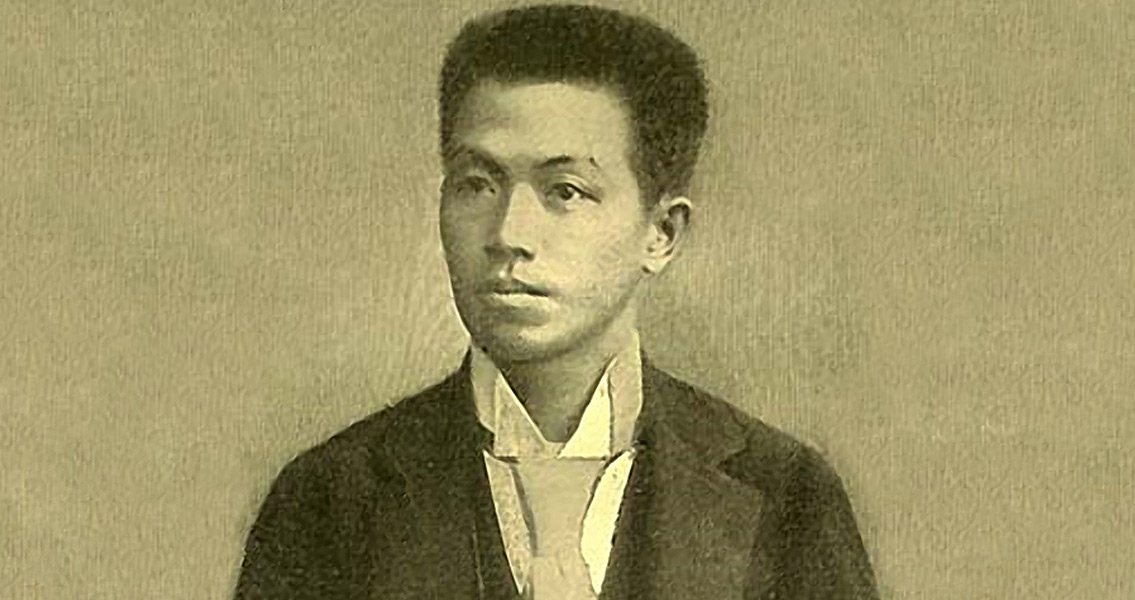<![CDATA[On 12th June, 1898, a Filipino rebellion led by Emilio Aguinaldo proclaimed the independence of the Philippines. The country's freedom proved short lived, and on 6th February, 1899, it was annexed to the United States as part of the peace treaty of the Spanish-American War. The Philippines had been a Spanish colony since the sixteenth century. Revolution started in the early 1890s, and was inspired by longheld resentment of the overbearing colonial government, as well as anger from Filipino priests over the Spanish domination of the archipelago's Catholic church. Katipunan, a Filipino nationalist organisation lead by Aguinaldo, launched a successful campaign against the Spanish. With a membership sitting somewhere between 100,000 and 400,000 (records are not clear), the Katipunan led revolt finally broke out across the country in 1897. Spanish forces eventually managed to contain the rebellion, but became aware of the threat of Filipino nationalism and the power Katipunan could wield. An agreement was negotiated with Aguinaldo: in exchange for him and his generals accepting exile from the Philippines and calling an end to the revolt, the Spanish would pay compensation and initiate a program of reform in the colony. While exiled in Hong Kong and Singapore, Aguinaldo made contact with the US Consulate. The Spanish-American War had started as a response to Spanish brutality in suppressing a Cuban rebellion. Fighting quickly spread to various Spanish colonies in the Pacific region, including the Philippines. For the US, the resumption of revolt in the Philippines would prove a distraction for the Spanish. For the Filipino nationalist movement, it seemed to offer an opportunity to once and for all break the shackles of imperialism. Aguinaldo returned to the Philippines on 19th May, 1898, and quickly set about rallying revolutionaries. His forces began a campaign in the region South of Manila, liberating towns and putting greater pressure on Spain. The proclamation of independence on 12th June was swiftly followed by the creation of a provisional republic, with him as the president. In September, a revolutionary assembly met and ratified the independence. Meanwhile, the uprising, combined with the actions of the US forces, continued to achieve victories against the Spanish. An ominous sign came when the Spanish commander of Manila declared that he would surrender, but only to the US troops that had landed and encircled the city - he refused to allow Filipino rebels in, and would not surrender to them. As such, while the rebels who had fought for independence worked on establishing a republic in the Philippines, the capital was occupied by US troops. Under much controversy, the US eventually agreed to ratify the Treaty of Paris which brought an end to the Spanish-American War, the decision passing by just one vote in the US Senate. In exchange for a $20 million payment to the Spanish, the US had annexed the Philippines, as well as Guam and Puerto Rico. Three years of conflict started in the Philippines, with Aguinaldo and his troops launching an insurrection based on guerrilla warfare against the occupying US forces. Thousands of US troops were sent to the archipelago to try and suppress the rebellion. Horrific massacres were carried out by both sides, most shockingly on the island of Samar when US forces killed any man on the island over the age of 10. Aguinaldo was eventually captured in 1901, and made to swear allegiance to the United States. In 1902 an American civilian government took over from the military administration in the Philippines. The rebellion was declared finished. For the people of the Philippines, the opportunity for independence had once again been extinguished.]]>
Philippines Proclaim Short Lived Independence
